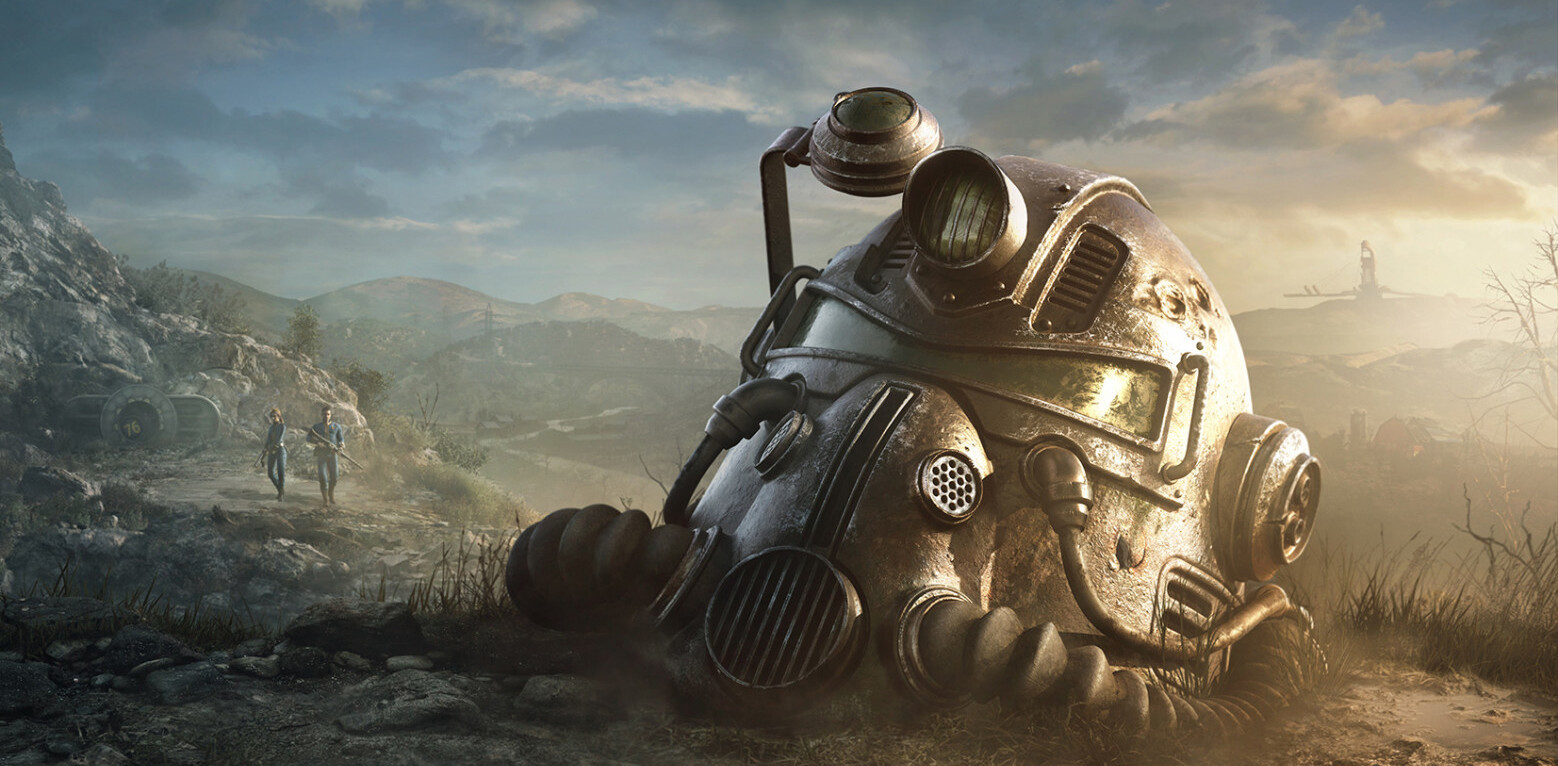
User experience is not the same as customer experience.
While most designers directly influence the UX, they also need to understand the larger context of the CX. The customer experience represents every step of the journey from when users are running price comparisons, to when users try the product, to when users may resort to customer service if their needs aren’t met.

Let’s explore the nuances of each field, and how a better understanding of CX makes you a much stronger UX designer.
What is User Experience?
The UX is the customer/user’s experience with a specific product, for our purposes, a website, app, or software. The design of the interface — its usability, information architecture, navigation, comprehension, learnability, visual hierarchy, etc. — all combine to create the UX, whether positive or negative.
The goal of the UX designers, then, is to make sure the brand designs products that solve the right problem in an efficient and enjoyable manner.
What is Customer Experience?
CX has a greater scope: It’s the customer’s experiences with all channels of the brand, including a specific product like an app. CX is an umbrella concept encompassing all channels and all products within the same brand, and how the user feels about them.

Typically, CX refers to how users perceive:
- Customer service
- Advertising
- Brand reputation
- Sales process
- Fairness of pricing
- Product delivery
- Even each individual product’s UX
The goal of a CX consultant is to align business strategies with the actual customer’s overall experience, with the customer’s happiness in mind.
The Differences: UX vs. CX
Let’s illustrate the differences with two examples.
Bad UX and Good CX
First, let’s say you bought an app that edits pictures on your phone.
You bought it because you love programs like Photoshop, and you wanted such detailed features for your phone, especially one in particular. However, when you actually start using the app, you find the interface confusing and you can’t even find the feature you wanted. (UX)
Luckily, they have a help line. You call, and a friendly customer service rep answers quickly and explains, step-by-step, how to access the feature you wanted. Everything seems clear now. In addition, they give you a $25 credit for your trouble. (CX)
This is a good example of a bad UX but a good CX. The app’s interface was confusing and poorly orchestrated which made using it a bad experience. However, your experience with the other aspects of the app’s brand — the customer service and the free credit — were great.
But it can work both ways. Our second example below is all too common.
Good UX and Bad CX
You want to order airline tickets. You think it’s easier to download an airline’s app to browse and buy tickets. You’re right. Even though you’ve never used an airline app before, the self-explanatory interface, clear navigation, and fast loading time allow you to find and book the perfect flight in under 10 minutes. (UX)

Once you get to the airport, though, it’s a totally different story. The check-in booth is understaffed and the line in unnecessarily long. The attendant is abrasive, and you don’t like the way the staff throws your checked baggage around. On the flight itself, the service isn’t much better. (CX)

While one aspect of the brand, the app, satisfied you, the other areas did not. No matter how good the app’s UX was, it didn’t make up for the other services, which ultimately damaged the overall CX. Bottom line: you’re not happy with the money spent vs. service received.
For satisfied customers, you need consistency between the UX and CX.
Customers interpret all the events as the overall brand experience. They’re either satisfied, or they’re not.
Get the TNW newsletter
Get the most important tech news in your inbox each week.




